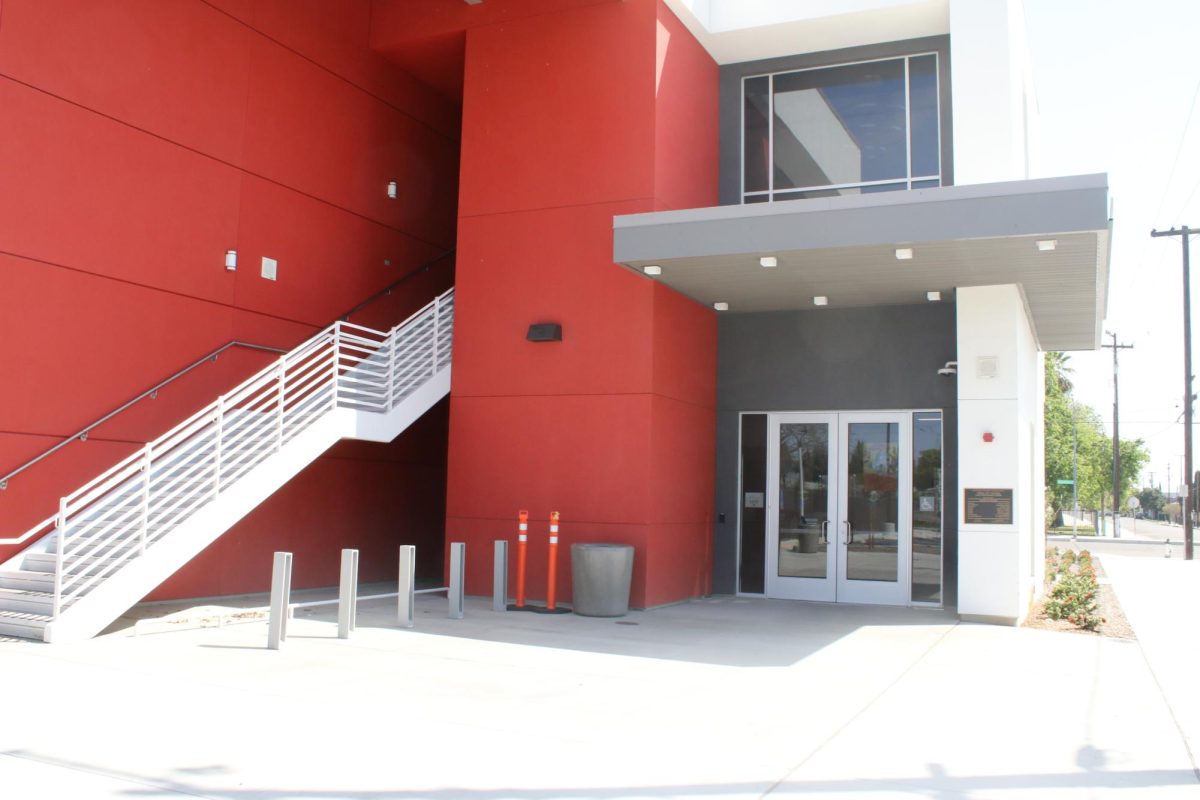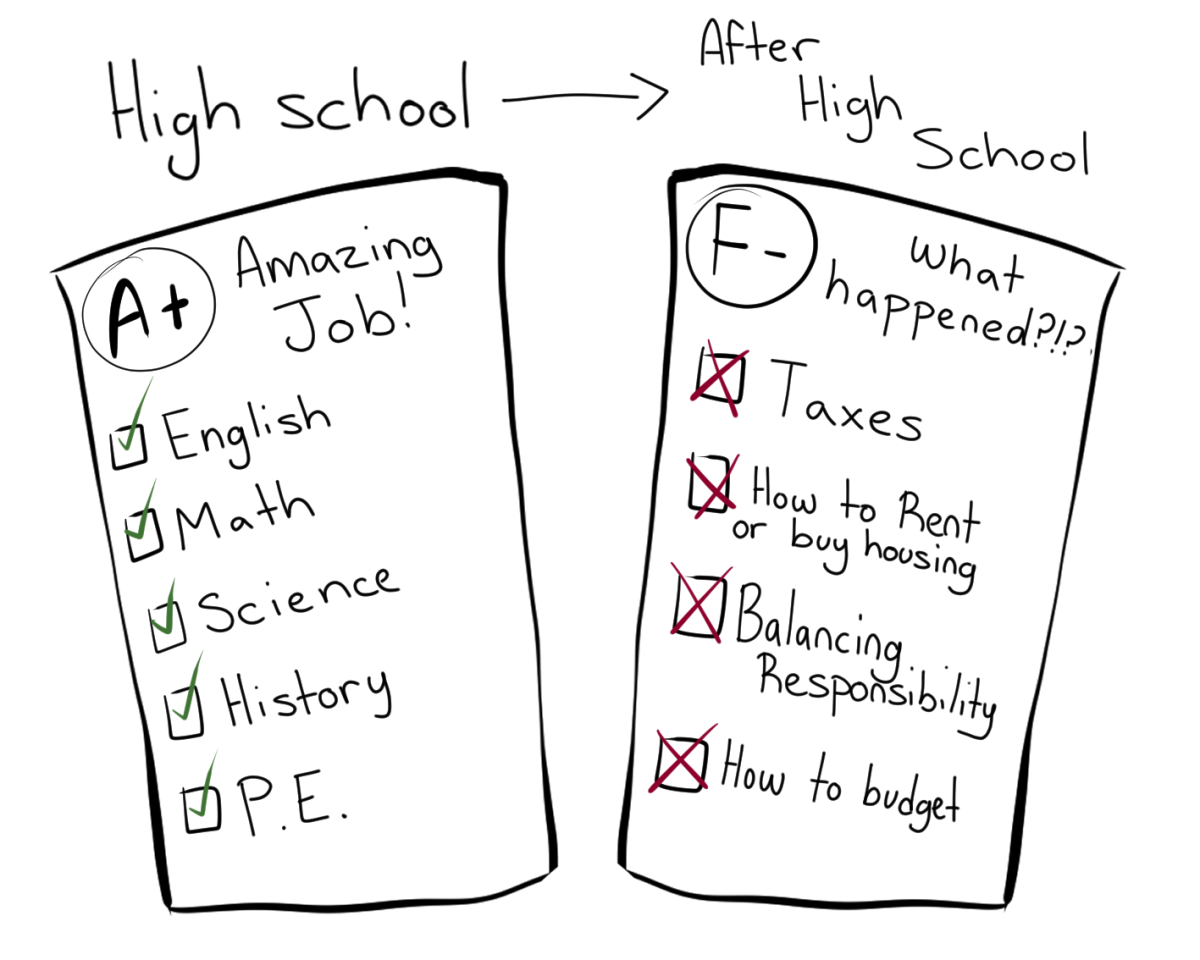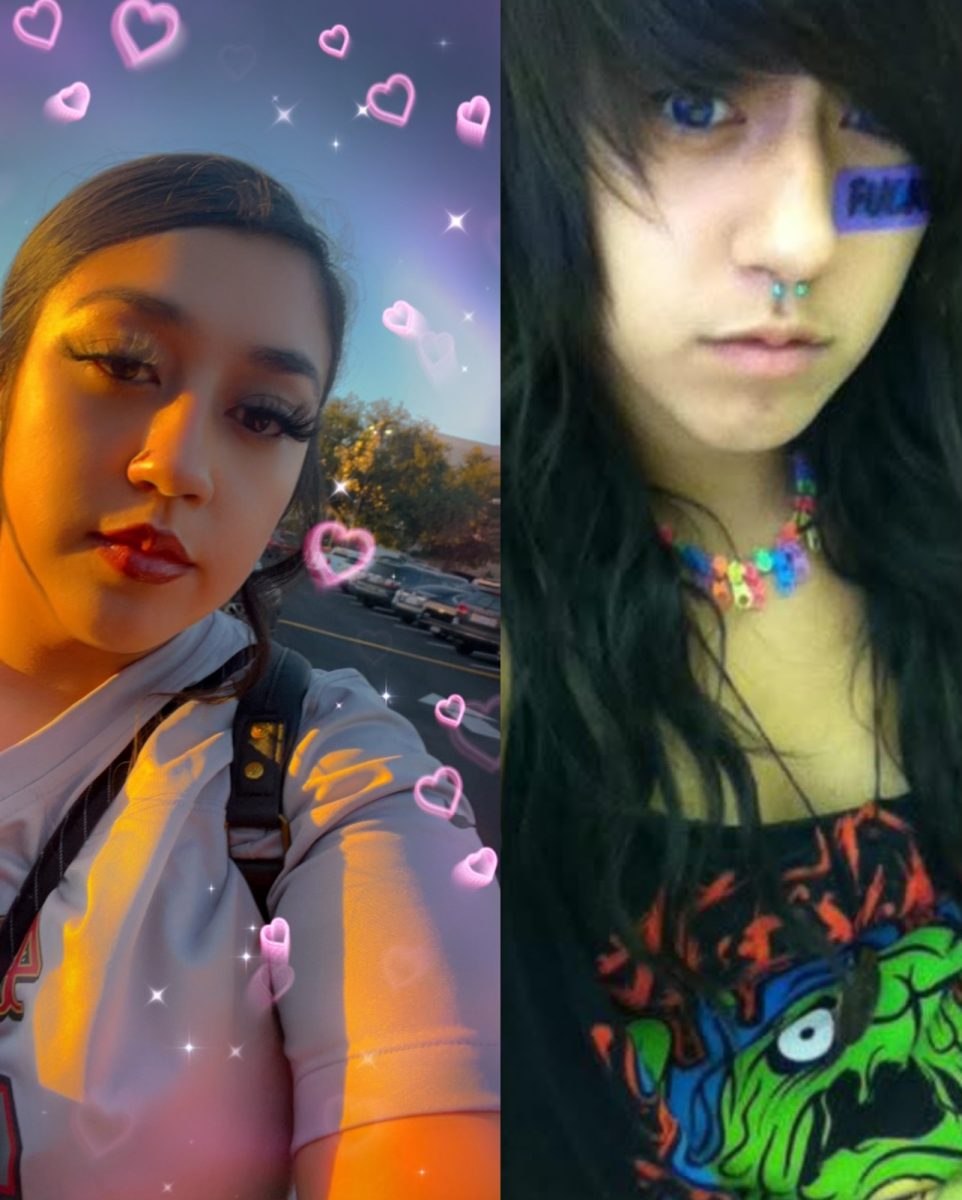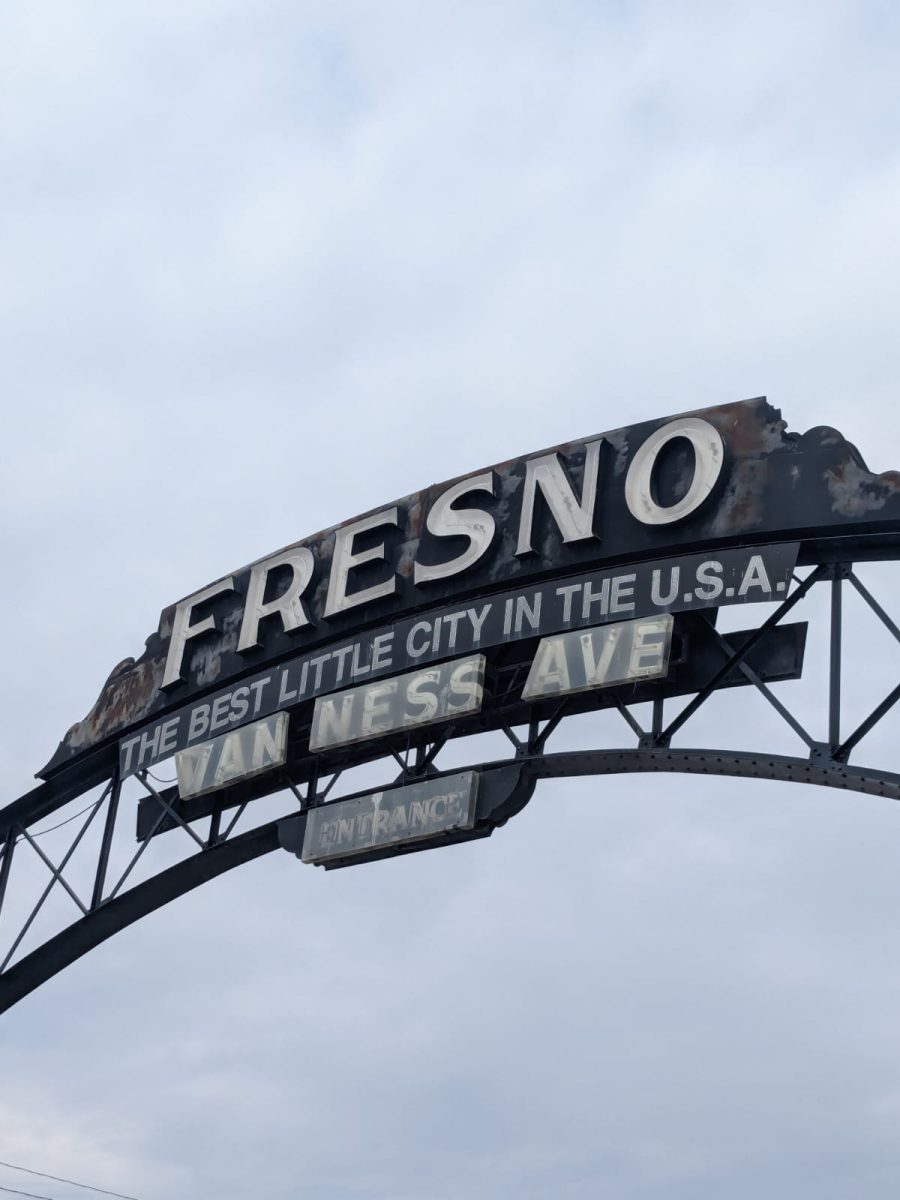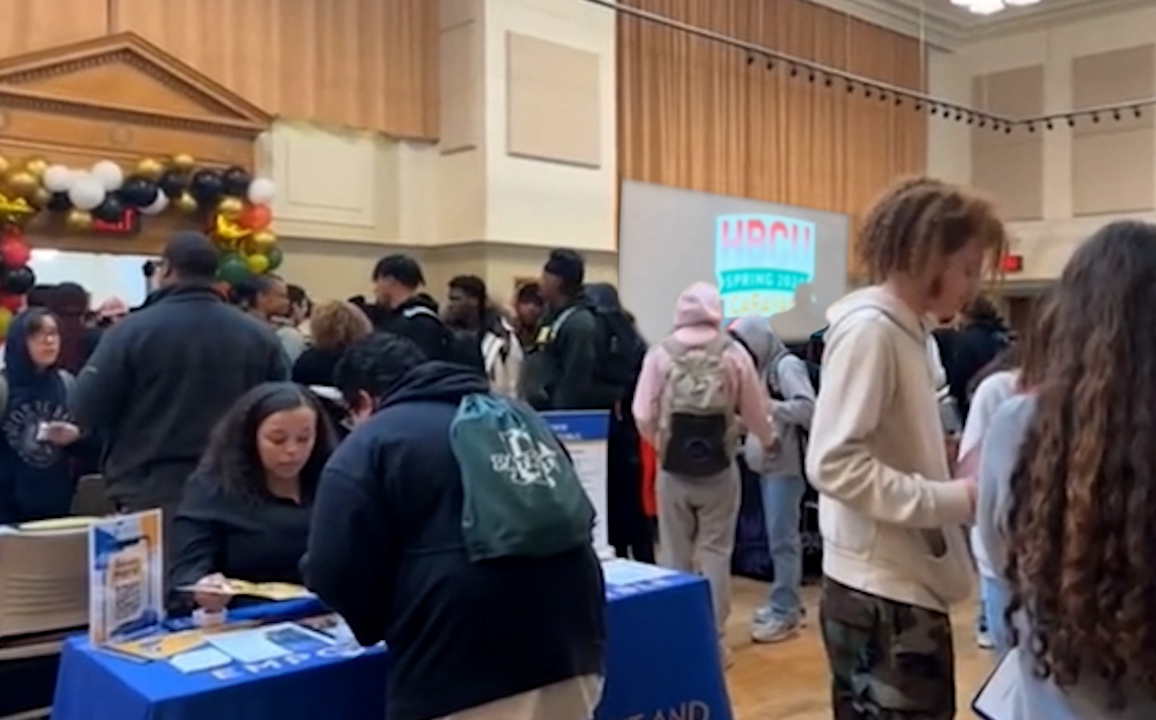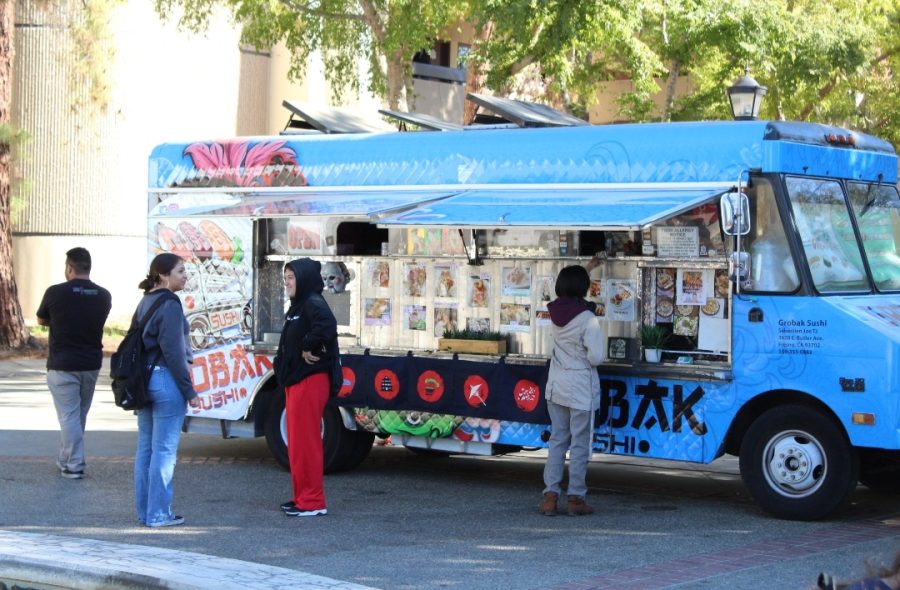Remember the days of sweaty-palmed confrontations and spontaneous first dates; of face-to-face intimacy and lustful relationships?
Match.com debuted as the first website to offer online dating in 1995. While the website has remained true to its name for the last 20 years, the industry in and of itself is nothing like it used to be.
The dating scene has been transformed by the technological world. In today’s culture, text messages have become more appropriate than phone calls and secret admirers have been replaced by usernames.
And in an age of submitting essays via email and taking tests online, there is no surprise that digital dating is appealing to college students.
But does it work?
Online dating puts more fish in the sea and fills a void lost in the hectic lifestyle of a college student.
As full-time students, we have very little time to spare, as we are often preoccupied with school, work and our personal lives. If we can’t sleep, let alone shower, under what circumstances will we schedule a date with anyone other than Netflix?
Online dating is just easier. We can hide behind our computer screens and spare ourselves public humiliation if things don’t go well. There’s also the extra perk of not being judged for neglecting to brush our teeth.
But allowing lazy, single students to meet people without having to leave the comfort of one’s bed and put on appropriate date attire, takes away the intimacy and romance found in the traditional dating scene.
Successful relationships among youth are rare. Instead, we find hooking up and having “friends with benefits” much more appealing than confessing our love for one another and showing vulnerability.
The vast majority of the individuals who are interested in today’s “Hot or Not,” “OkCupid,” and “Tinder/Grindr” are not the same people with online profiles on Match.com, eHarmony, and ChristianMingle.
The sites created for younger people were created by other young people, and whether or not these sites are advertised as successful matchmaking sites, they were established both by and under the “hookup culture.”
For most of these sites, we can sift through profiles (the profile being just a picture) as quickly as we can turn the page of a magazine. If we don’t find someone aesthetically appealing, we simply move onto the next one, with a chance of never seeing the rejected again.
Although this technique is what some would say efficient, it is completely unreliable.
Depending on the site’s algorithm, individuals match together based on profiles. Most profiles consist of 500 characters or less (that is usually the count limit) and blurry, personal photographs.
From there if one person matches with another, the two can exchange flirtatious messages and such, until a face-to-face rendez-vous is arranged.
But through this digital interaction, the essence of the first date is lost. While online dating allows for us to get to know people before we actually meet them, it detracts from awkward blind dates or love at first sight.
Although online dating no longer holds the stigma as the haven for those who cannot meet people the natural way, it is now seen as a security blanket, to comfort those who fear the dating scene.
So, I’d like to say online dating works, and maybe it does among the older crowd, but there is little to be desired for college students.


